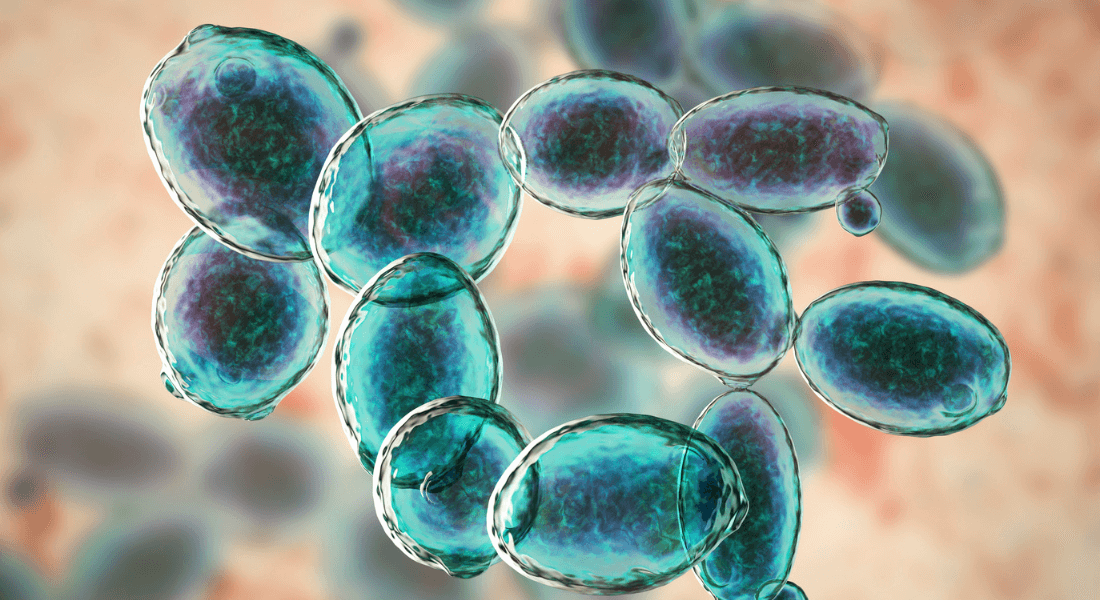PhD defence by William Thomas Wajn

Engineering Saccharomyces cerevisiae for glucosinolate biosynthesis
Plants synthesize a vast array of diverse specialized metabolites, which have served as nutraceuticals, pharmaceuticals, and essential components in various industries for centuries. However, the native production of these compounds in plants occurs in minute quantities through tightly regulated and complex pathways. Extracting these valuable compounds from biomass demands significant resources, including land, water, and time investments. To overcome these challenges, microbial biosynthesis of plant specialized metabolites has emerged as a promising research area, aiming to enable scalable, ondemand production with minimal land and water usage. Glucosinolates, a class of specialized metabolites derived from amino acids prevalent in the Brassicales order, have garnered attention as potential nutraceuticals due to their health-promoting effects, including reducing the risk of cardiovascular diseases, neurodegenerative disorders, and certain types of cancer.
In this thesis, we detail our engineering efforts to produce glucosinolates derived from non-proteogenic amino acids in Saccharomyces cerevisiae. Throughout the subsequent chapters, we address the major challenges associated with glucosinolate biosynthesis in yeast. Initially, we present the establishment of the core structure pathway in S. cerevisiae capable of converting homophenylalanine into the corresponding glucosinolate, 2-phenylethyl glucosinolate. By screening homologs of the initial cytochrome P450 enzyme, CYP79F, we enhance titers and identify a significant bottleneck caused by insufficient supply of the co-factor, 3'-phosphoadenosine-5'-phosphosulfate (PAPS). Through addressing this bottleneck and altering gene dosage, we achieve the highest reported titer of any glucosinolate in microorganisms. Subsequently, we attempted to express the chain elongation pathway from Arabidopsis thaliana to produce chain-elongated amino acid precursors.
However, insufficient functional expression of the Fe-S cluster protein isopropylmalate isomerase prevented the chain elongation pathway from producing the target molecule, dihomomethionine. Despite our efforts, which included investigating expression of the enzyme in the mitochondria, conducting directed evolution, engineering the yeast homolog, and heterologously expressing a bacterial Fe-S biogenesis system in the cytosol of S. cerevisiae, we were unsuccessful. By leveraging Escherichia coli strains expressing the chain elongation machinery, we established the longest pathway reported in co-cultivations of E. coli and S. cerevisiae. Through optimization of media components and screening ratios, we successfully synthesized and optimized the de novo production of 2-phenylethyl glucosinolate.
Supervisors
Professor Barbara Ann Halkier, PLEN
Assessment committee
Ass. Professor Sotirios Kampranis, soki@plen.ku.dk (Chair)
Professor Irina Borodina, DTU Biosustain. Novo Nordisk Center for Biosustainability, irbo@biosustain.dtu.dk (External member)
PhD Morten Nørholm. Head of Department, Microbial Expression Engineering, ghnm@novonordisk.com (External member)
Time and Venue
19th June at 13:00
Festauditoriet, A1.01-01
